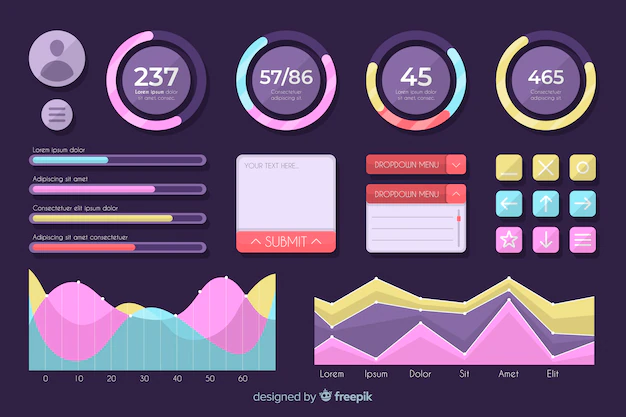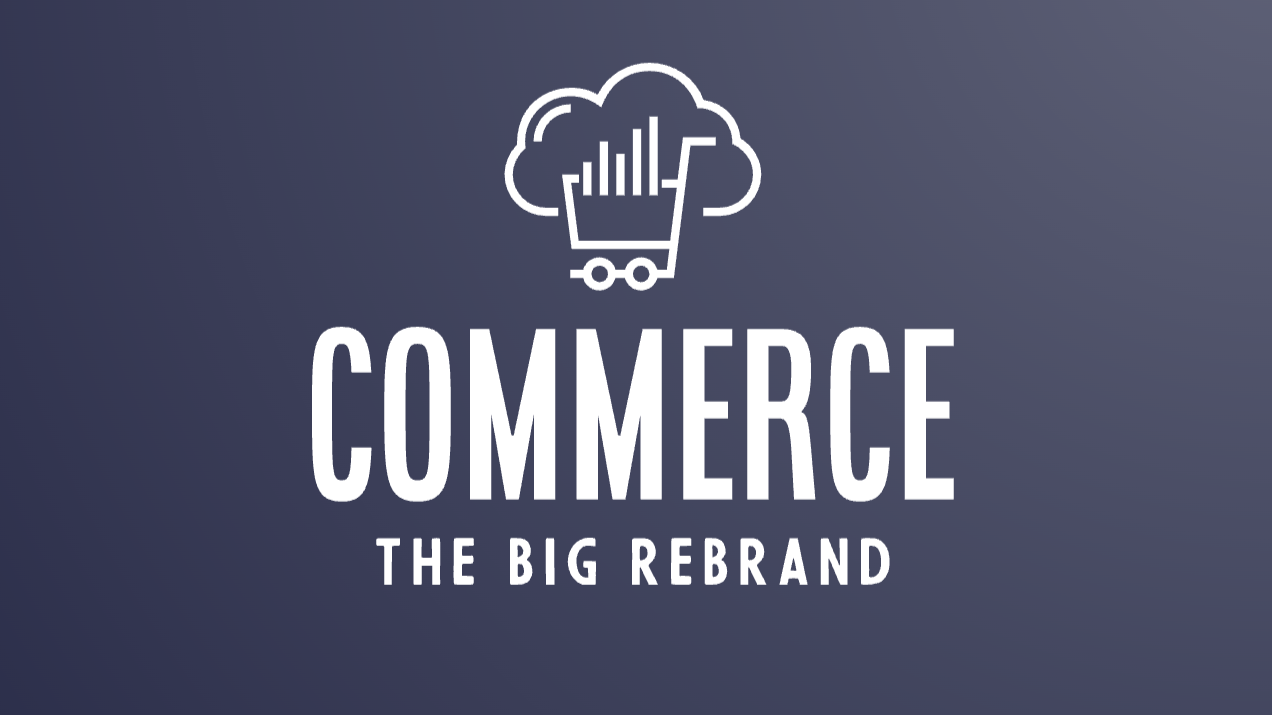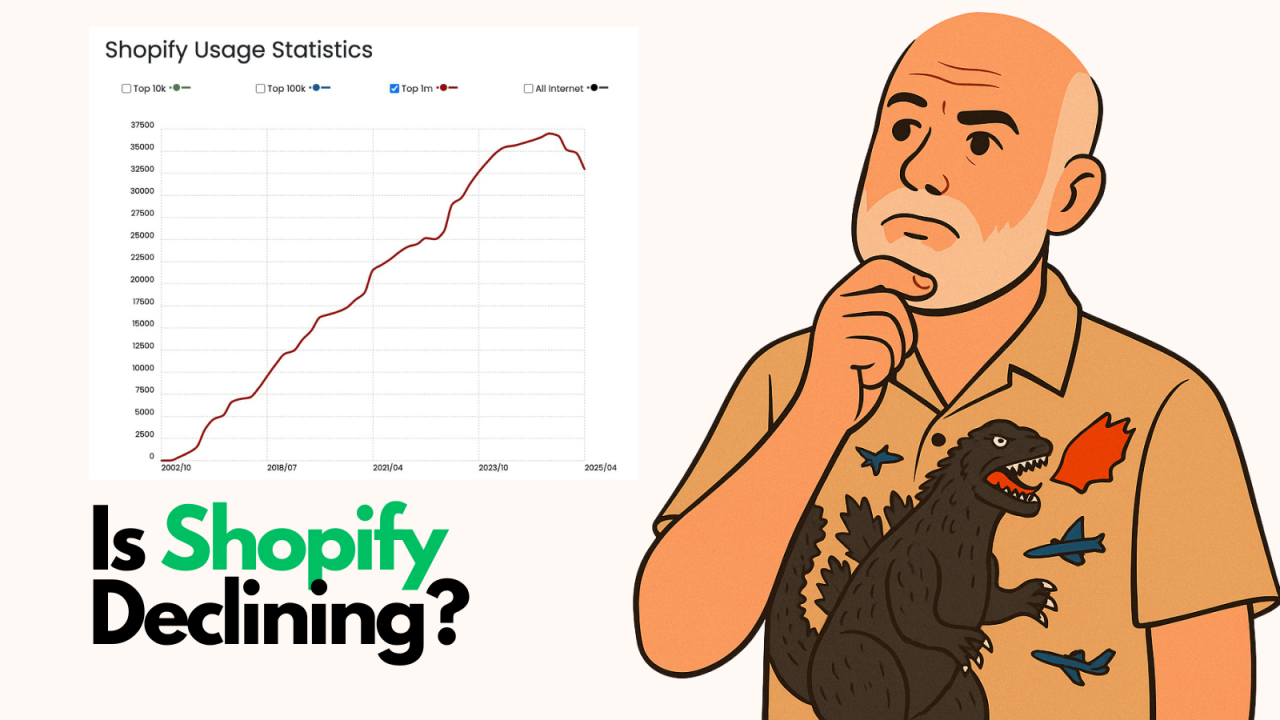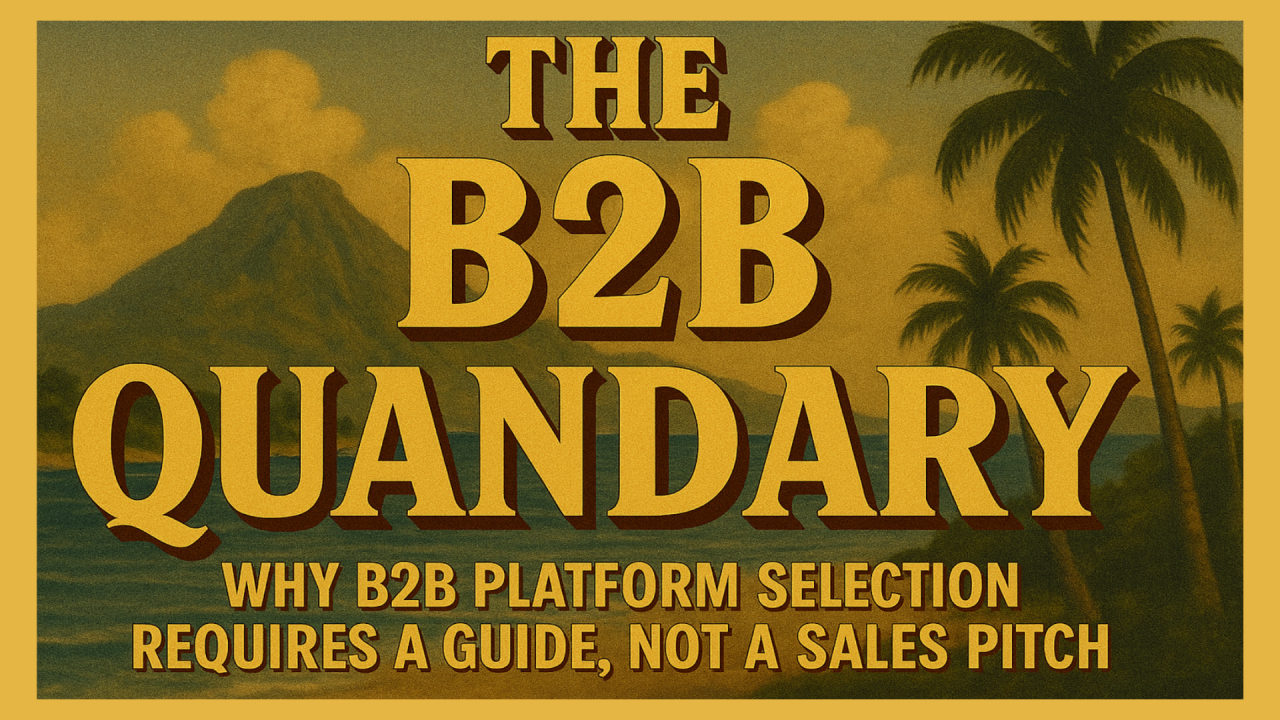
We live in a digital age where content is king. Content is everywhere, from social media to websites, and it’s important for businesses to create content that resonates with their target audience. But how do you know if your content is successful? Measuring the success of your content is a crucial part of any content marketing strategy, as it helps you understand what’s working and what needs to be improved. In this article, we’ll take a look at why you should measure content success, key performance indicators to measure content success, setting goals for content marketing, analyzing content performance, best practices for measuring content success, and content success stories.
Measuring the success of your content is the only way to know if your efforts are paying off. Without measuring the success of your content, you won’t know what works and what doesn’t, and you won’t be able to improve your content marketing strategy. Measuring content success will also help you identify trends in your content and audience, so you can better target your content and optimize it for maximum impact.
When it comes to measuring content success, the most important thing is to have clear objectives in mind. What do you want to achieve with your content? Do you want more website traffic? More leads? More sales? Identifying your goals and objectives will help you determine the key performance indicators (KPIs) you should be measuring.
Once you have identified your goals, you can start to measure the success of your content. There are a number of key performance indicators you can use to measure the success of your content, including website traffic, lead generation, engagement, conversion rate, and ROI.
Website traffic is one of the most important KPIs to measure the success of your content. It measures how many people are visiting your website and how they got there. You can use website analytics tools to track website traffic and analyze where your visitors are coming from and how they’re interacting with your content.
Lead generation is another key KPI for measuring content success. Lead generation measures how many leads your content generates and how many of those leads convert into customers. You can use marketing automation tools to track lead generation and analyze which content generates the most leads.
Engagement is another key KPI for measuring content success. It measures how engaged your audience is with your content, such as how many people are commenting or sharing your content or how often they are clicking through to your website. You can use social media analytics tools to track engagement and analyze which content resonates with your audience.
Conversion rate is a key KPI for measuring content success. It measures how many people are taking action after viewing your content, such as signing up for your newsletter or downloading a whitepaper. You can use marketing automation tools to track conversion rate and analyze which content is generating the most conversions.
ROI (return on investment) is a key KPI for measuring content success. It measures how much money you’re making from your content. You can use marketing automation tools to track ROI and analyze which content generates the most revenue.
Once you’ve identified the KPIs you want to measure, the next step is to set goals for your content marketing. Setting goals will help you focus your efforts and ensure that your content delivers the desired results.
When setting goals, it’s essential to ensure they are SMART (specific, measurable, achievable, relevant, and time-bound). For example, suppose your goal is to increase website traffic. In that case, you should set a specific target (e.g. increase website traffic by 10%), a measurable metric (e.g. website visits), an achievable goal (e.g. increase website visits by 10% over the next three months), a relevant goal (e.g. increase website visits from organic search), and a time-bound goal (e.g. increase website visits by 10% in the next three months).
It’s also important to set realistic goals. For example, if you’re starting out with content marketing, it might be unrealistic to expect to increase website traffic by 10% in the next three months. It’s better to start small and work your way up.
Once you’ve set your goals, it’s time to analyze your content performance. This can be done using analytics tools such as Google Analytics and social media analytics tools such as Hootsuite and Sprout Social. These tools will give you insights into how your content is performing and where you can improve.
For example, if you want to increase website traffic, you can use Google Analytics to track website visits, page views, and bounce rates. You can also use social media analytics tools to track engagement, such as likes, comments, and shares.
Analyzing content performance will help you identify which content is performing well and which needs improvement. You can use this information to optimize your content and ensure that it delivers the desired results.
Measuring content success is an ongoing process, and there are a few best practices you can follow to ensure that you’re getting the most out of your content.
First, it’s important to track your KPIs regularly. This will help you identify trends in your content and audience, so you can better target your content and optimize it for maximum impact.
Second, it’s important to analyze your content performance and make changes when necessary. If you notice that your content isn’t performing well, it’s important to make changes and optimize it for better results.
Finally, it’s important to stay up-to-date on the latest trends in content marketing. The content landscape is constantly changing, so it’s important to stay ahead of the curve and ensure your content is up-to-date and relevant.
Content success stories are a great way to learn from the successes of others and get inspired to measure the success of your own content. Here are a few content success stories from different industries:
Content is an essential part of any marketing strategy, but it’s important to measure the success of your content to ensure that it delivers the desired results. Measuring content success will help you identify what’s working and what needs to be improved, so you can optimize your content for maximum impact.
In this article, we looked at why you should measure content success, key performance indicators to measure content success, setting goals for content marketing, analyzing content performance, best practices for measuring content success, and content success stories. By following these tips, you’ll be able to get the most out of your content and measure its success.

Following up on my earlier post about BigCommerce's rebrand announcement, I got my hands on theCleveland...

By Brent W Peterson AI vs Shopify: Is Platform Dominance Ending in 2025?

The B2B OG Reality Check In 1995, I built my first B2B website for my then computer assembly company. It...